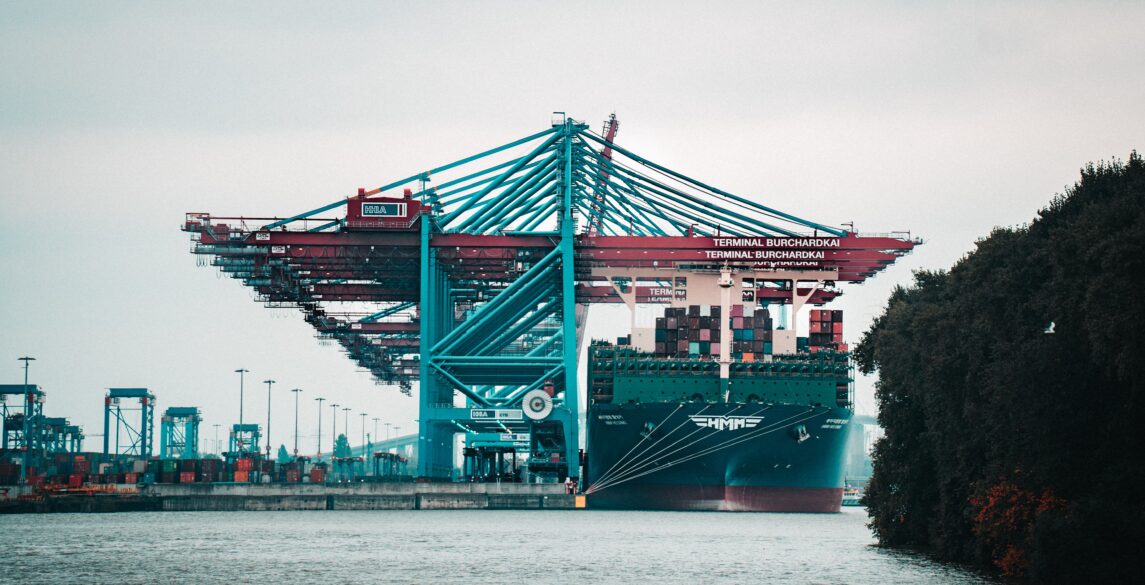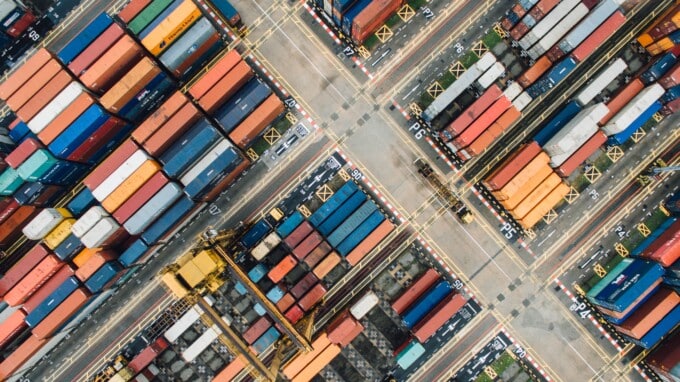What Are the Five Major Components of Logistics?
The current supply chain crisis has put a spotlight on logistics in a major way, as it impacts virtually every industry and organization. But what does logistics entail?

The current supply chain crisis has put a spotlight on logistics in a major way, as it impacts virtually every industry and organization. But what does logistics entail?
There are five major components of logistics management:
- Warehousing & Storage
- Inventory Management
- Packaging
- Transportation and Trucking
- Information Logistics
Each of these plays a critical role in how goods are shipped and delivered across the world.
Warehousing & Storage
Given the ebb and flow of consumer demand, many goods are often first stored in warehouses until they are needed, especially during times when demand outpaces production. This has been especially true in recent years following the rise of e-commerce. It’s no wonder that warehouses are among the most common construction projects throughout the country.
For the supply chain to run smoothly, there are several warehousing strategies to follow, which include:
- Processing items: This ensures that all the items coming in are the right model, color, size, etc., helping to avoid costly backup should these issues be discovered later in the supply chain.
- Condition reporting: This inspects for any quality problems like rips, chips or other damages, which should be addressed as quickly as possible.
- Adequate storage security: A proper storage warehouse should include a climate-controlled environment that is monitored 24/7/365 and is spacious enough to allow your items to be stored safely.
Inventory Management
Beyond simply having warehousing space for all your items, it’s critical to know what you have, how much, and where it is stored. A proper inventory management system will allow you to see all of this information in real-time, which subsequently, ensures the warehouse crew can pull items for shipment as quickly and efficiently as possible.
Additionally, companies looking to improve their inventory management can utilize sales data and other insights to predict consumer demand for certain products. By doing so, they can increase their inventory of high-demand products before a spike, cutting down on shortages or backorder situations.
Packaging
Logistics is for naught if a product gets to its destination damaged because of insufficient packaging. Packaging logistics should prevent this issue. It’s important that items be packaged in a way that maintains their quality throughout the entire supply chain. However, product integrity isn’t the only factor to consider regarding packaging logistics. Excessive packaging can add significant shipping costs, which ultimately can adversely impact sales or the customer experience. Major retailers like Amazon have started promoting various packaging certifications like ISTA 6 for these very reasons.
Transportation & Trucking
Transportation and trucking are some of the most critical aspects of logistics, a fact underscored by much of the recent news coverage on the supply chain crisis. It is what gets items from the point of origin to the final destination – and everywhere in between.
One of the biggest keys in transportation and logistics is utilizing a logistics partner with the proper assets and staff to maintain a steady movement of goods through the supply chain. The recent labor and manufacturing shortages have limited some companies’ ability to keep up with shipment demands. It’s vital to find a logistics company that has the employees, vehicles, and other assets to keep up with your company and its demands.
Information Logistics
It isn’t just physical goods that get transported through the supply chain. Seemingly endless amounts of data are sent all across the supply chain – sharing locations of trucks, inventory updates, and countless other details. Like physical items, it’s imperative this information be safe, easily accessible and delivered as quickly as possible. Reports of cyberattacks crippling systems are becoming more commonplace, emphasizing the need for appropriate cybersecurity measures.
Additionally, properly utilizing a robust information logistics system can help organizations glean tremendous insights about their processes and customers, which when leveraged correctly, can lead to increased revenue and cost savings.
Logistics management is what moves physical goods across the world. Each of these five major components needs to work in tandem with one another to ensure the supply chain runs smoothly. Unfortunately, relying on a logistics partner without the proper assets to do this can seriously jeopardize your business’ operations.
Need assistance with the challenges your business is facing because of the current supply chain crisis? We’d love to help!


